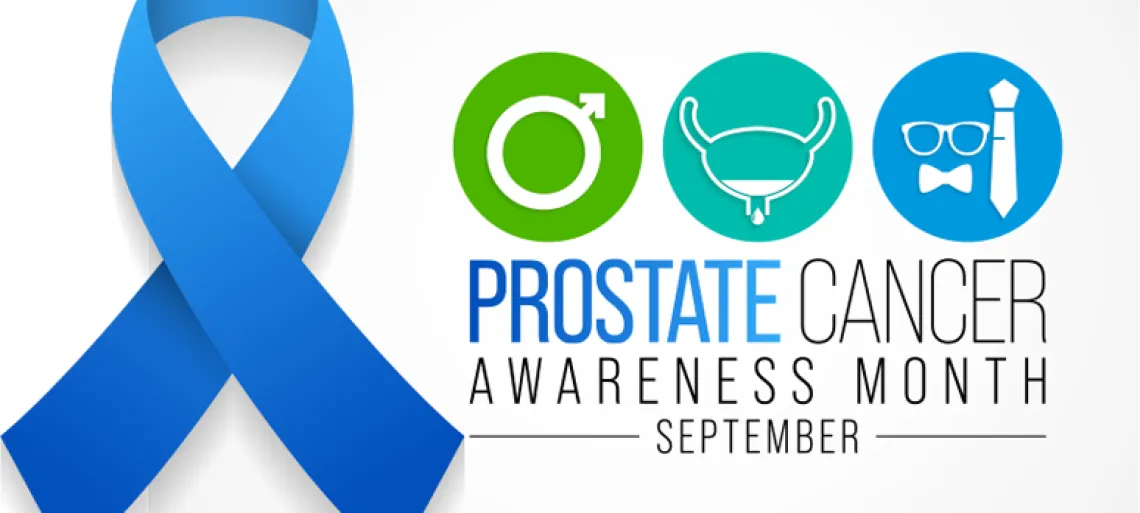
Let’s talk about the prostate, tips for keeping a healthy prostate and what screenings you can access on campus.
The prostate is a walnut-shaped gland that partially surrounds the urethra, the tube that runs between the bladder and the end of the penis. It is situated below the bladder and in front of the rectum. The prostate is part of the male reproductive system that helps make semen.
Prostate issues in men are not uncommon. The two biggest health concerns about prostate health are cancer and benign prostate hyperplasia (enlarged prostate). If the prostate becomes enlarged, it can interfere with urination. Both issues are diagnosed in the doctor’s office. A man may learn about issues with their prostate during a physical exam and a prostate-specific antigen (PSA) test. The PSA is a blood test that you can get during your routine physical through your primary care provider and can also be done during a mini-health screening on campus.
Benefits-eligible employees have access to Prostate On-site Project (POP), which includes a prostate-specific antigen blood draw, digital rectal exam, and testicular exam, followed by a board-certified urologist consultation.
How do you keep your prostate healthy? Following a healthy diet and getting at least 150 minutes a week of moderate physical activity can reduce your risk of prostate cancer, as well as many other cancers. Johns Hopkins Medicine offers the following tips for maintaining a healthy prostate.
- Follow a Mediterranean Diet plan. This diet focuses on fresh fruits and vegetables, whole grains, beans, healthy fats such as extra virgin olive oil, nuts, seeds, fatty fish, and seafood with moderate amounts of dairy and red meat.
- Skip vitamin E supplements, but make sure you focus on good sources of vitamin D. Vitamin E has been shown to increase your risk of prostate cancer.
- Vitamin D has been shown to decrease the risk of prostate cancer. Don’t get so much sun that you develop a risk of skin cancer, but a few minutes about 3 times per week can be a good source. The healthy fatty fish recommended is also another good source of vitamin D. Think 3 ounces 2-3 times per week.
- Remember your screenings as discussed above. Each screening is about 10-20 minutes and free for benefits-eligible employees.

